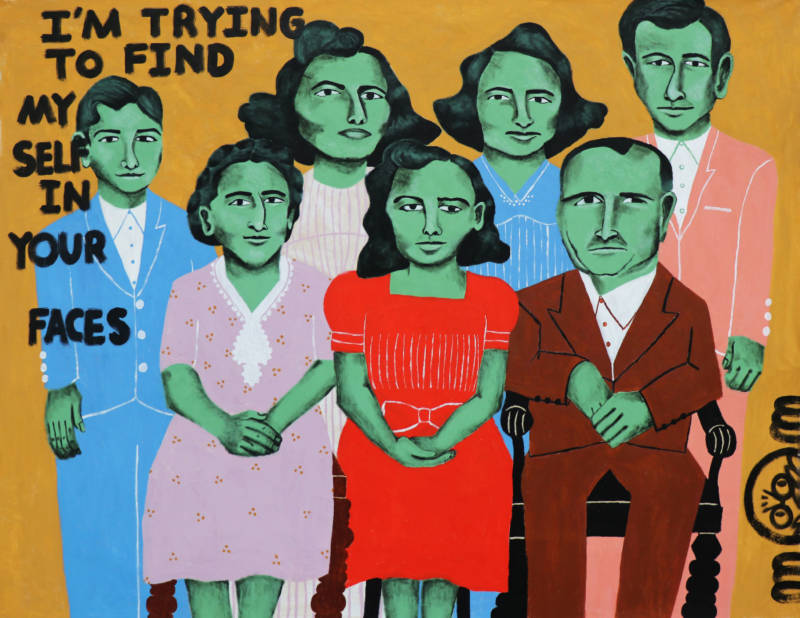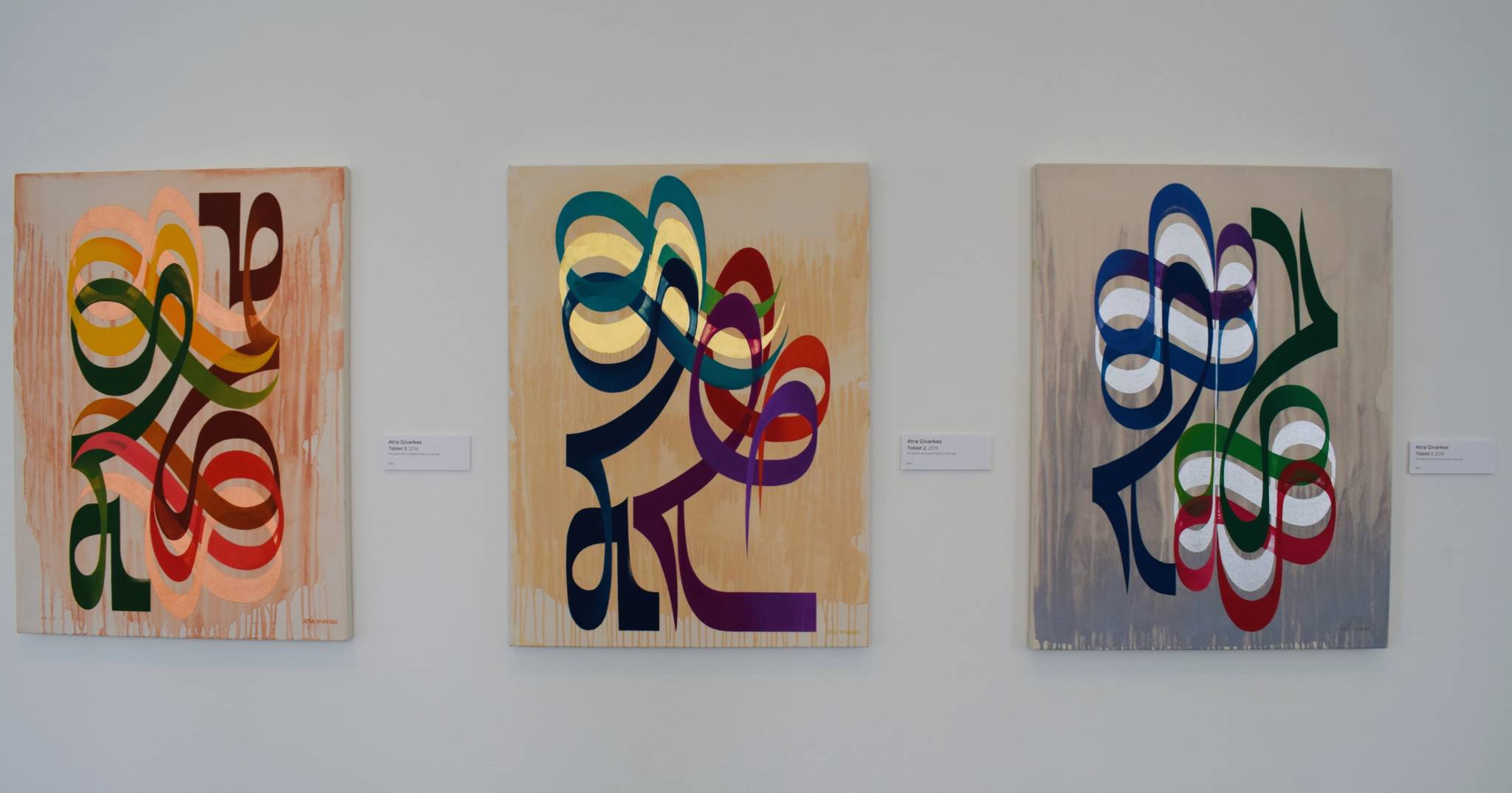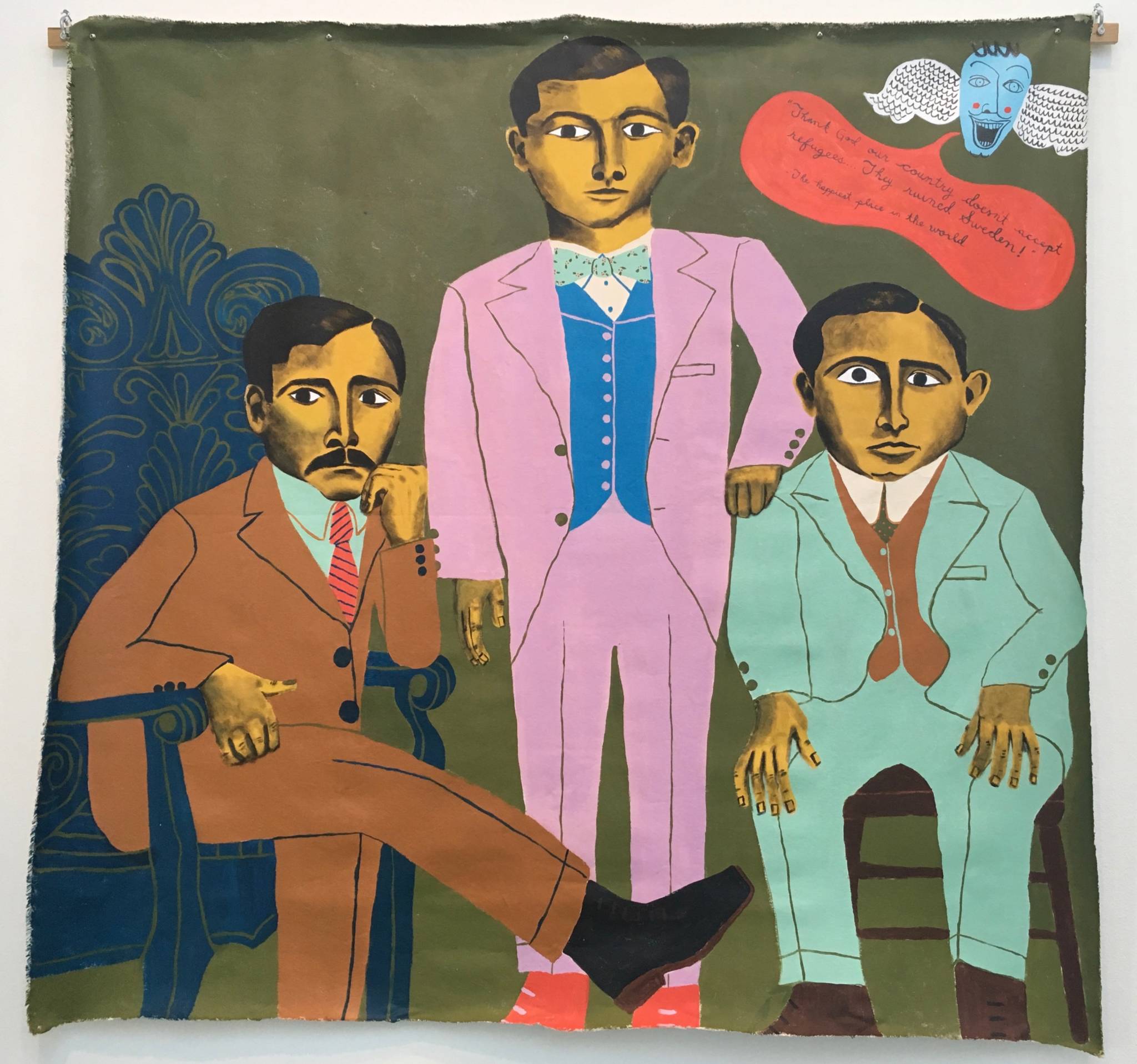How much do you know about Assyrians? For many Americans, it’s news we have members of the ancient Middle Eastern ethnic group living here in the U.S. today.
Members of the Assyrian diaspora are spread out all over world, most in Iraq, Syria, Turkey and Iran. But conflicts modern, ancient and in between forced hundreds of thousands of predominantly Christian Assyrians to move further afield, and the most recent figures from the U.S. Census Bureau estimate roughly 100,000 live in the United States.
Nardin Sarkis works in government relations at the Silicon Valley Leadership Group. He estimates 10,000 Assyrians live in this region alone. So it was he got to chatting with fellow Assyrian-American Akadina Yadegar, who works at Plug and Play Tech Center, about the dearth of modern Assyrian art in museums and galleries.
Ancient art there’s plenty of. The Assyrian Empire of Mesopotamia flourished some 4,000 years ago. At its peak, the empire stretched from Cyprus to Iran, from present-day Armenia and Azerbaijan to the Arabian Peninsula, Egypt and eastern Libya.
Assyrian kings spent some of their fabulous wealth on palaces full of art, including iconic, muscular stonework. Archeologists continue to pour over the details of of the empire’s sophisticated bureaucracy, detailed in durable clay cuneiform tablets.





